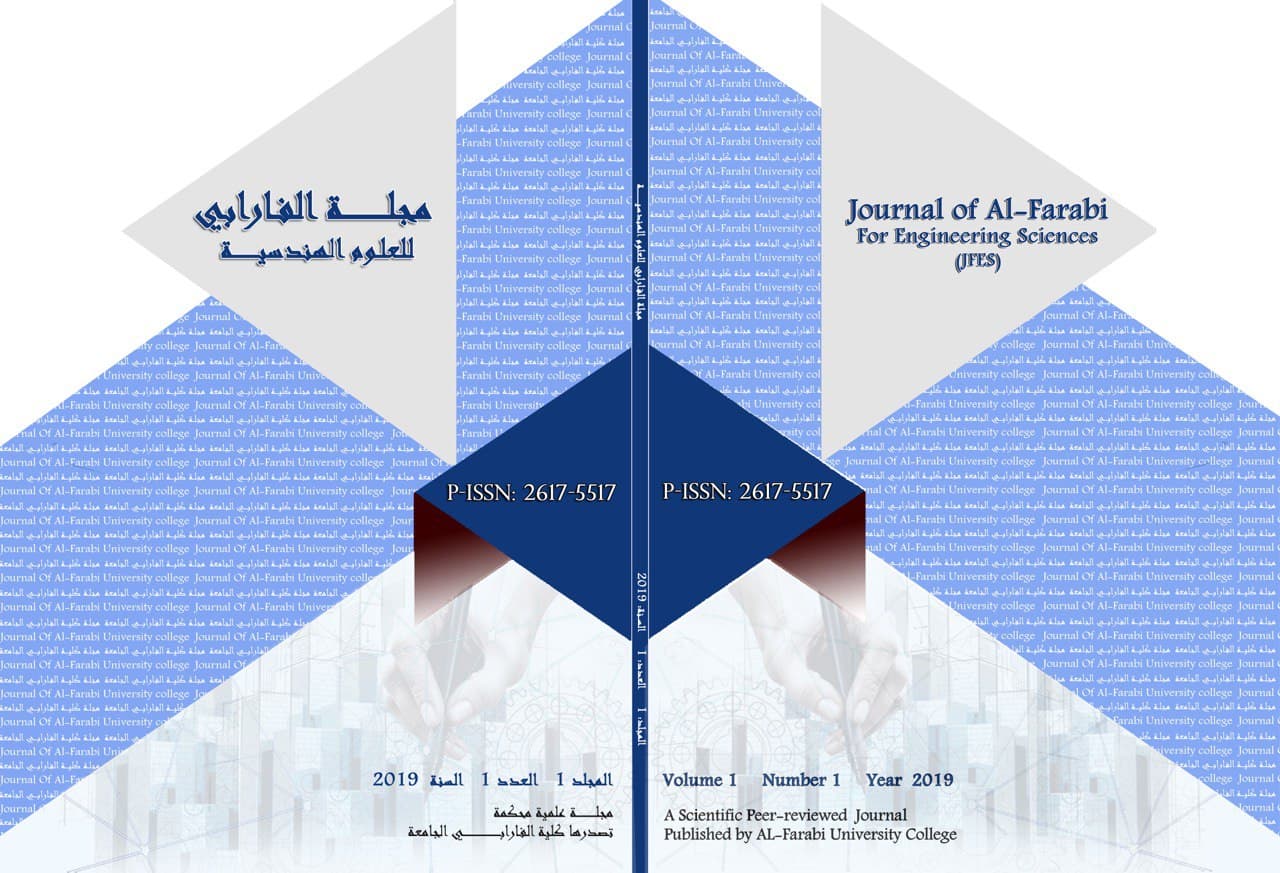Determination of Water Saturation Based on Well Logging in Mishrif Carbonate Reservoir
DOI:
https://doi.org/10.59746/jfes.v1i1.50Keywords:
Porosity, Water Saturation, Carbonate Formation, Mishrif FormationAbstract
Water saturation is calculated by many models that developed over the years based on known physical principles or on empirically derived relationships. The accurate determination of water saturation in complex carbonate reservoirs is the most challenging aspects of well log analysis. The complex formation under study is Mishrif carbonate formation which is one of the deepest hydrocarbons bearing zone in the Nasiriya oilfield in south of Iraq. The available scanned copes of well logs are digitalized by using Neurolog software. Schlumberger charts 2005 had been used for environmental corrections. These correction charts are supplied in the Interactive Petrophysics software. Simple Archie equation, Dual water model, and Indonesia model have been used to calculate water saturation of Mishrif carbonate formations. After making the environmental corrections, the porosity interpretation shows that the logging tools have a good quality of data reading. From Indonesian model, the water saturation for Mishrif formation is ranged from 0.25 to 0.41. This study is provided water saturation values with depth that should use to calculate original oil in place and detect the perforation zones in the pay zone using Interactive Petrophysics software.
References
A. Aqrawi, G. A. Thehni, G. H. Sherwani, B. M. Kareem,” Iraqi Journal of Petroleum Geology”, vol. 21, no. 1, pp. 57-82, 1998. DOI: https://doi.org/10.1111/j.1747-5457.1998.tb00646.x
Asquith, D. Krygowski, “Basic Well Log Analysis”, The American Association of Petroleum Geologists Tulsa, Oklahoma, AAPG Methods in Exploration, Series no. 16, 2004. DOI: https://doi.org/10.1306/Mth16823
T Amin, M. Watfa, M. A. Awad. 1987. “Accurate estimation of water saturation in complex carbonate reservoir”, SPE-15714-MS: Society of Petroleum Engineers, presented at the 5th SPE Middle East Oil show in Bahrain. DOI: https://doi.org/10.2118/15714-MS
Clavier, G. Coates, J. Dumanior, SPE 6859, pp. 1153-168, 1984.
Toby, 2005, “Well Logging and Formation Evaluation”, Elsevier, USA, vol.11, 2016.
J. Peters, 2011, “Petrophysics”, University of Texas, Austin, Published by: Hadi Al-Sinan.
S. Kadhim, S. Samsuri, A. Idris, 2013, Life Sci. J, vol. 10, no. 4, pp. 2451-2458.
S. Kadhim, A. Samsuri, A. Kamal, H. Alwan, and M. Hashim, “Investigation of petrophysical properties for Yamamma carbonate formation”, Modern Applied Science, vol. 9, no. 6, pp. 36-47, 2015. DOI: https://doi.org/10.5539/mas.v9n6p36
Coates, Y. Boutemy, C. Clavier, C.1983. SPE 10104- PA.
E. Archie, “The Electrical Resistivity log as an aid in determining some reservoir”, 1942. SPE- 942054-G. DOI: https://doi.org/10.2118/942054-G
M. Hamada 1999. “An Integrated Approach to Determine Shale Volume and Hydrocarbon Potential in Shaly Sand in the Gulf of Suez”, Society of Petrophysicists and Well Log Analysts, SPWLA, vol. 40, no. 3, Iraqi National Oil Company (INOC) 1985.
V. Chilingar, H.G. Bissell, K.H., Wolf, “Diagenesis of carbonate sediments and epigenesis (or catagenesis) of limestone”, Larsen, G., and Chilingar,G.V. (Editiors), Diagensis in sediments and sedimentary rocks, developments in sedimentology, Elsevier, Amesterdam, pp. 247- 422, 1979. DOI: https://doi.org/10.1016/S0070-4571(08)71075-6
L Adeoti, E.A. Ayolabi, P.L. James, the World Applied Sciences Journal. Vol. 7, no. 4, pp. 448- 452, 2009.
M. Etnyre, “Finding Oil and Gas from Well Logs”, Van Nostrand Renhold, New York, pp. 21-25, 1989. DOI: https://doi.org/10.1007/978-1-4757-5230-4_2
M. Susan, R. S. Robert, “Canadian Journal of Exploration Geophysics”, vol. 26, pp. 94-103, 1990.
H. Amnah, “Iraqi Journal of Science”, vol. 50, no. 1, pp. 67 – 74, 2004. DOI: https://doi.org/10.2166/wst.2004.0536
C Akinyokun, P.A. Enikanselu, AdeyemoA.B. A. Adesida, “The Pacific Journal of Science and Technology”, vol. 10, no. 1, pp. 507-517, 2009. DOI: https://doi.org/10.1007/s12564-009-9046-8
D. Jackson, J.F. Williams, M.A. Lovell, A. Camps, C Rochelle, A.E. Milodowski, “An Investigation of the Exponent in Archie’s Equation: Comparing Numerical Modeling with Laboratory Data: Towards Characterizing Disturbed Samples from the Cascadia Margin”, The 49th Annual Logging Symposium, 25-28 May, Austin, Texas, SPWLA- 2008-HHH.
Schlumberger, “The IP Interactive Petrophysics”, vol. 3, no. 5, 2008.
J. Mazzullo, Geol. J., “The Electrical Resistivity log as an aid in determining some reservoir”, vol. 21, pp. 265-28, 1986.
z. Jassim, J.C. Goff, “Geology of Iraq”, Dolin, Prague and Moravian Museum, Brno, pp.341, 2006.
E. Darwin, M. s. Julian, “Well Logging for Earth Scientists”, 2nd Edition, Springer, pp 6, 2007.




